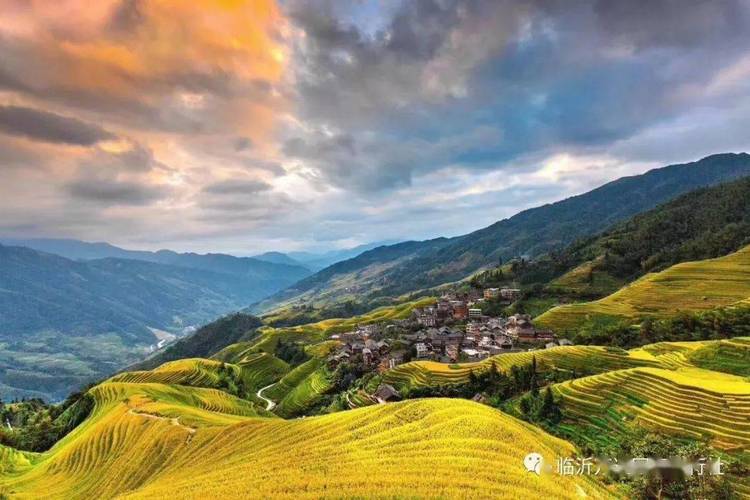The Unlikely Similarities Between Folk Culture and Popular Culture
Folk culture and popular culture may seem like two completely different worlds. Folk culture is often considered traditional, rooted in history and passed down through generations, while popular culture is seen as flashy, trendy, and ever-changing. However, if we look closely, we can discover some surprising similarities.
Rooted in Societal Values and Beliefs
Both folk culture and popular culture are rooted in societal values and beliefs. Folk culture often reflects the traditions and beliefs of a particular community or region. These traditions are often passed down through generations and are deeply ingrained in the identity of the community.
Similarly, popular culture often reflects the beliefs and values of a particular society or subculture. For example, the music of a particular era often reflects the political and social issues of that time. Popular culture also shapes our identity as individuals and as a society.
Shared Themes and Stories
Folk culture and popular culture also share themes and stories. Both draw upon common human experiences such as love, loss, hope, and struggle. For example, folk songs often tell stories of love and heartbreak, while popular movies often explore the same themes.
Many popular cultural works are also inspired by folk culture. For instance, the Disney movie “Moana” drew inspiration from the folk tales of Polynesia. On the other hand, folk tales such as “Cinderella” have been adapted into countless movies and TV shows.
Community and Shared Experiences
Folk culture and popular culture both create a sense of community and shared experiences. Folk festivals, such as Mardi Gras or Dia de los Muertos, bring people together to celebrate their shared culture. Similarly, attending a concert or watching a popular TV show can create a shared experience that connects people from diverse backgrounds.
Conclusion
The differences between folk culture and popular culture may seem vast, but upon closer inspection, we can see how they are more similar than we may have initially thought. Both draw upon societal values and beliefs, share themes and stories, and create a sense of community and shared experiences. Recognizing these similarities can help us appreciate the diversity of our cultural landscape and connect with others in meaningful ways.
(Note: Do you have knowledge or insights to share? Unlock new opportunities and expand your reach by joining our authors team. Click Registration to join us and share your expertise with our readers.)
Speech tips:
Please note that any statements involving politics will not be approved.
